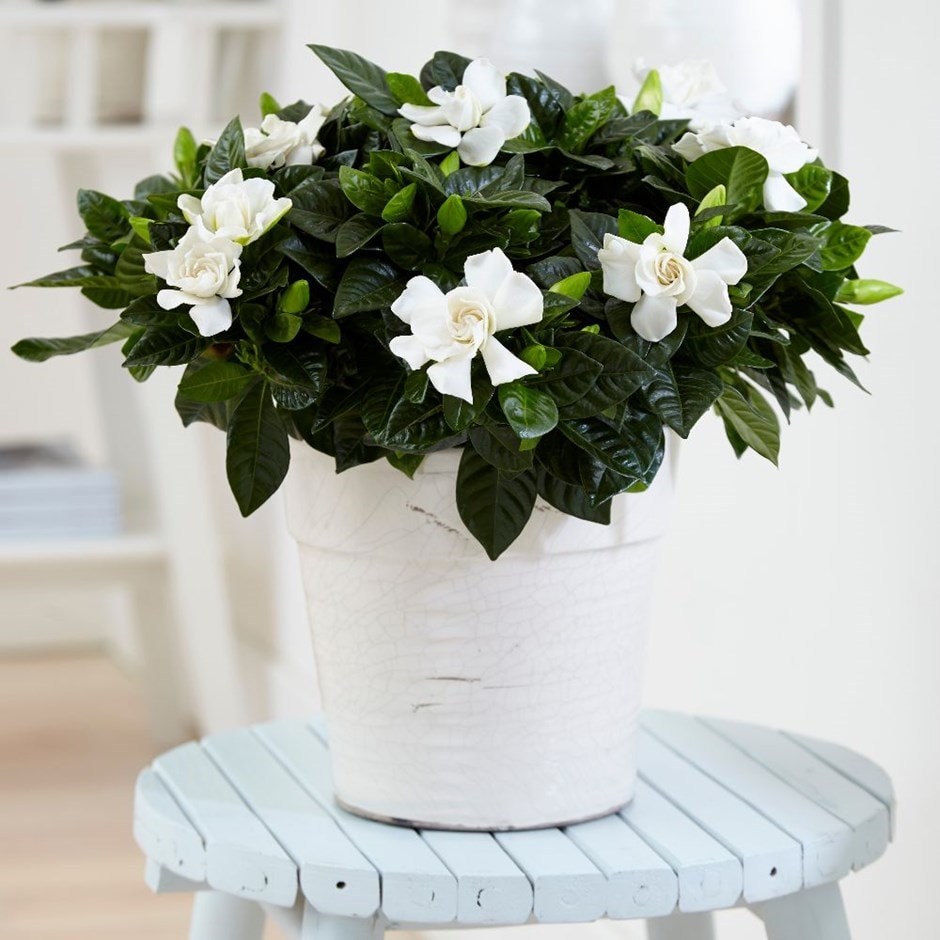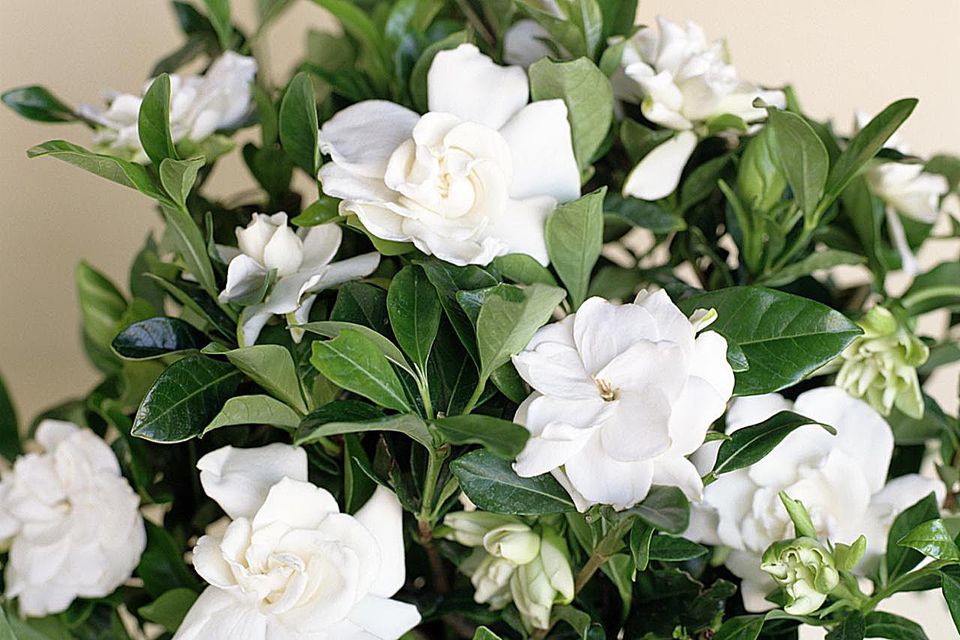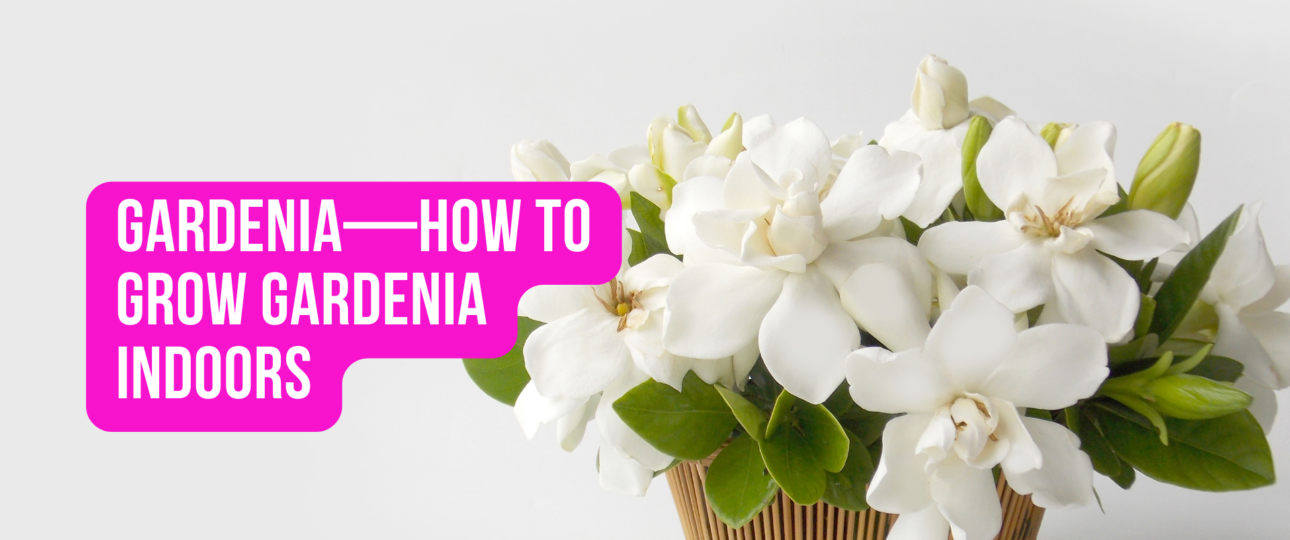
Gardenia is a beautiful and beloved plant. The reason being- few natural scents are as remarkable, evocative and memorable. I think if not for this reason, nobody in their right mind would try to grow gardenia outside of a greenhouse. Gardenias are a popular gift plant, and almost irresistible when in bloom, but they are notoriously difficult to grow in normal indoor conditions. Nevertheless, even a few months with a blooming gardenia in the house makes them a worthwhile addition to your collection.

Growing Conditions:
Light:Bright light, but avoid direct sunlight, especially during summer.
Water:Keep soil continuously moist, but reduce watering in the winter.
Temperature: Above 60ºF is preferred. - Avoid cold drafts if temperature drops lower.

Soil: Use a nonalkaline soil mix, such as a rhododendron mix. They prefer slightly acidic soil.
Fertilizer: Feed biweekly with nonalkaline fertilizer. A teaspoon of agricultural sulfur in the soil may help lower soil pH.
Propagation:
Repot in spring or every other spring as needed. Use a low pH soil formulated for rhododendron or gardenia.
Varieties:
The basic species is G. jasminoides, which features glossy green leaves and waxy, highly fragrant white flowers. Native to China, this plant has been widely cultivated so there are many cultivars available. In warmer climates, where gardenia is grown outdoors, many plants are sold grafted on a G. thunbergia rootstock. The grafted plants tend to be more vigorous, with better, larger blooms, but they are even less cold tolerant than normal gardenias.
Grower's Tips:
Gardenia are acid-loving plants, so they prefer a slightly lower pH. With normal potting mixes, this shouldn't be a problem, but be aware of it.
Aside from cold and inconsistent watering, which will cause bud and leaf drop, the most common problems are insects, especially scale and aphids. A well-tended gardenia will be compact, with deep leaves, and bloom in the late summer, when the nighttime temperatures are above 60ºF and daytime temps are between 75ºF and 82ºF.
Gardenia is named after the Scottish botanist, Alexander Garden, who was known for researching the medicinal properties of plants during the 1700s. At that time, it was believed that the flower could bring good luck, so it was placed in the sick rooms of patients to help them recover.
Outdoors, gardenias can live up to 50 years in the right conditions and with proper care.
Whats the difference between gardenia and jasmine?
Gardenias and jasmine both have beautiful, fragrant flowers, yet gardenia is a shrub and jasmine is a vine. Gardenia has long, waxy leaves, while jasmine's leaves are shorter. One of the biggest differences is that gardenia (unless it's ever-blooming) has a short flowering season, whereas jasmine can bloom outdoors through November in some regions.
Sources:
- Gardenia. ASPCA.




















